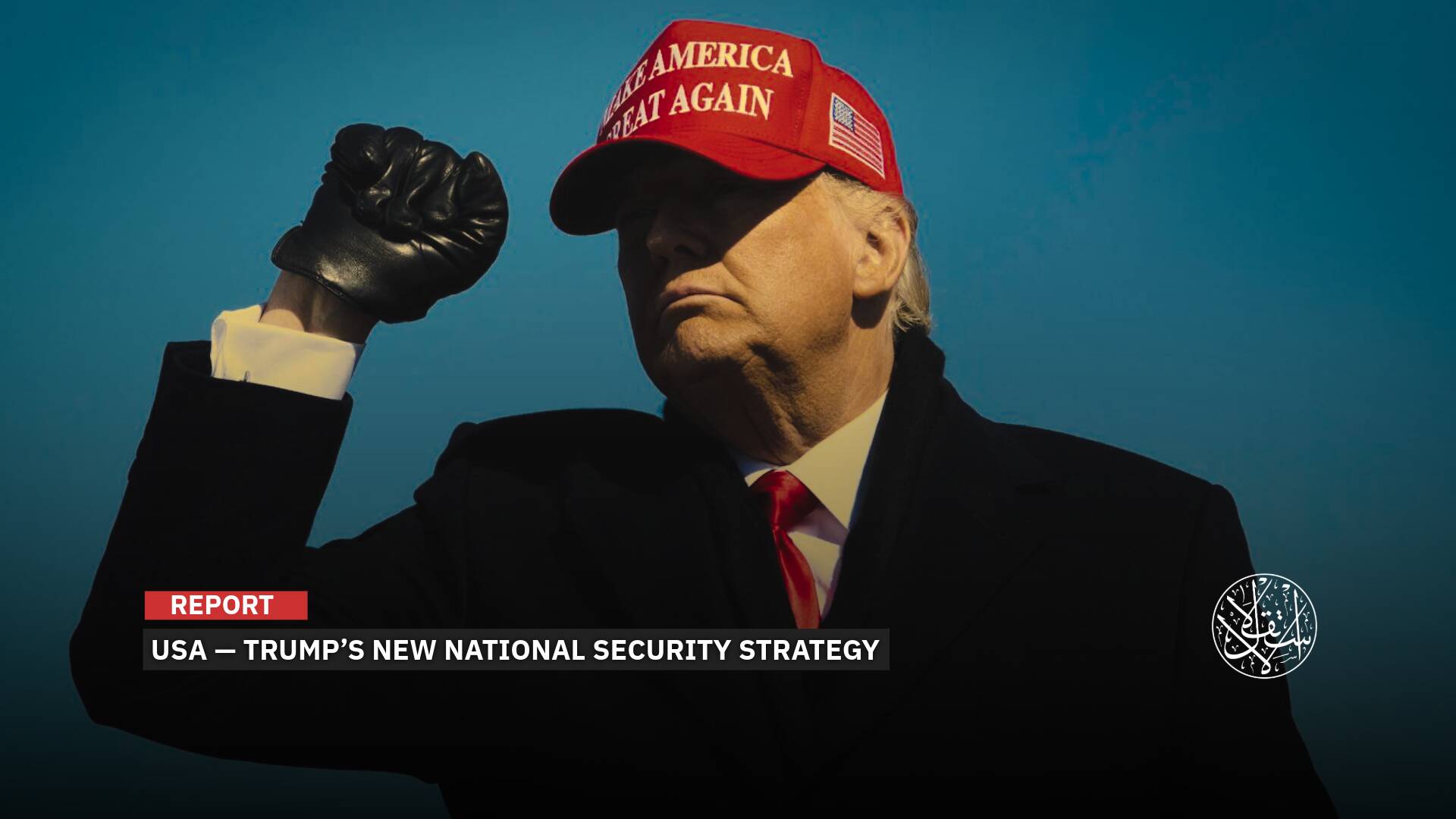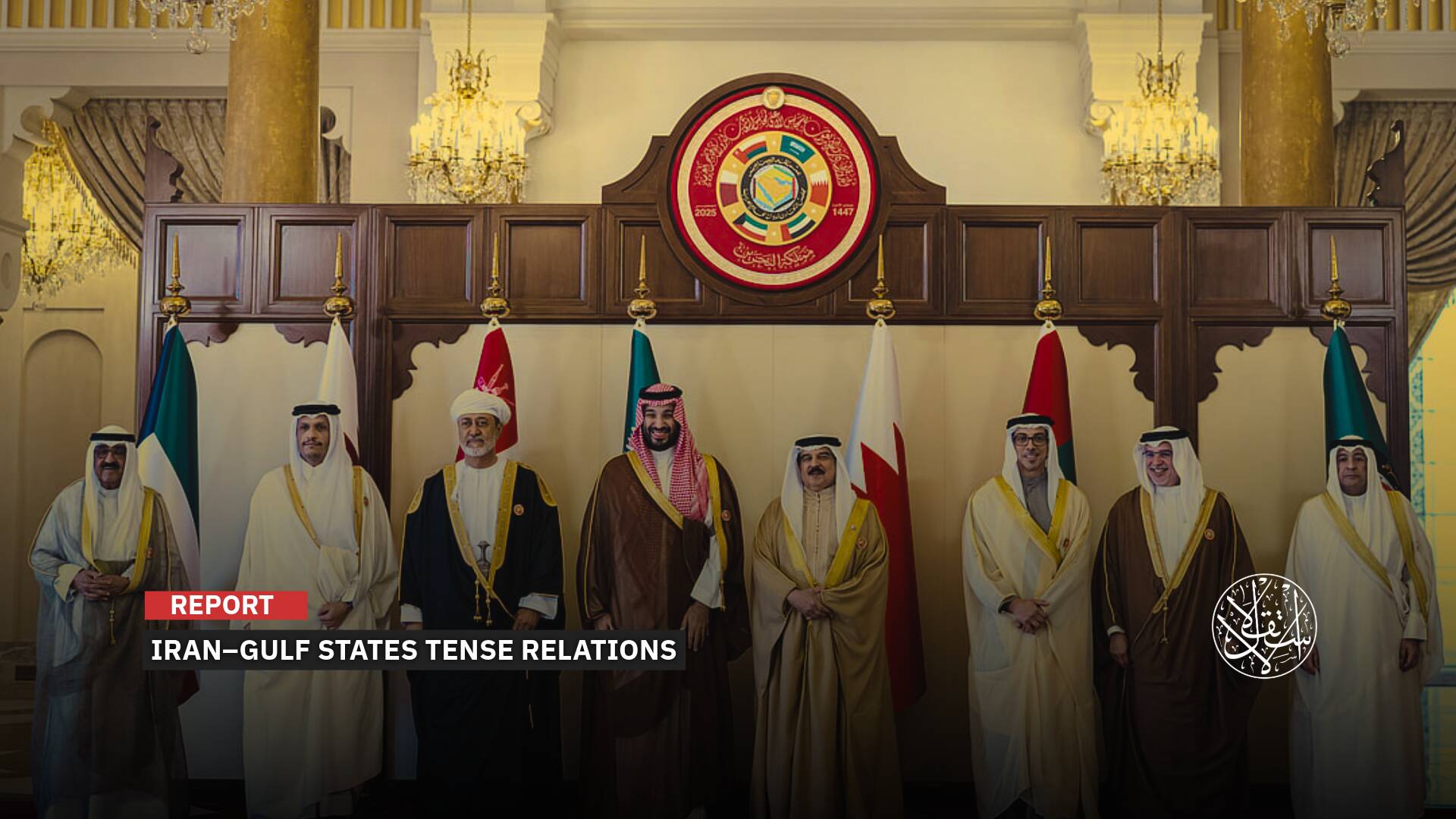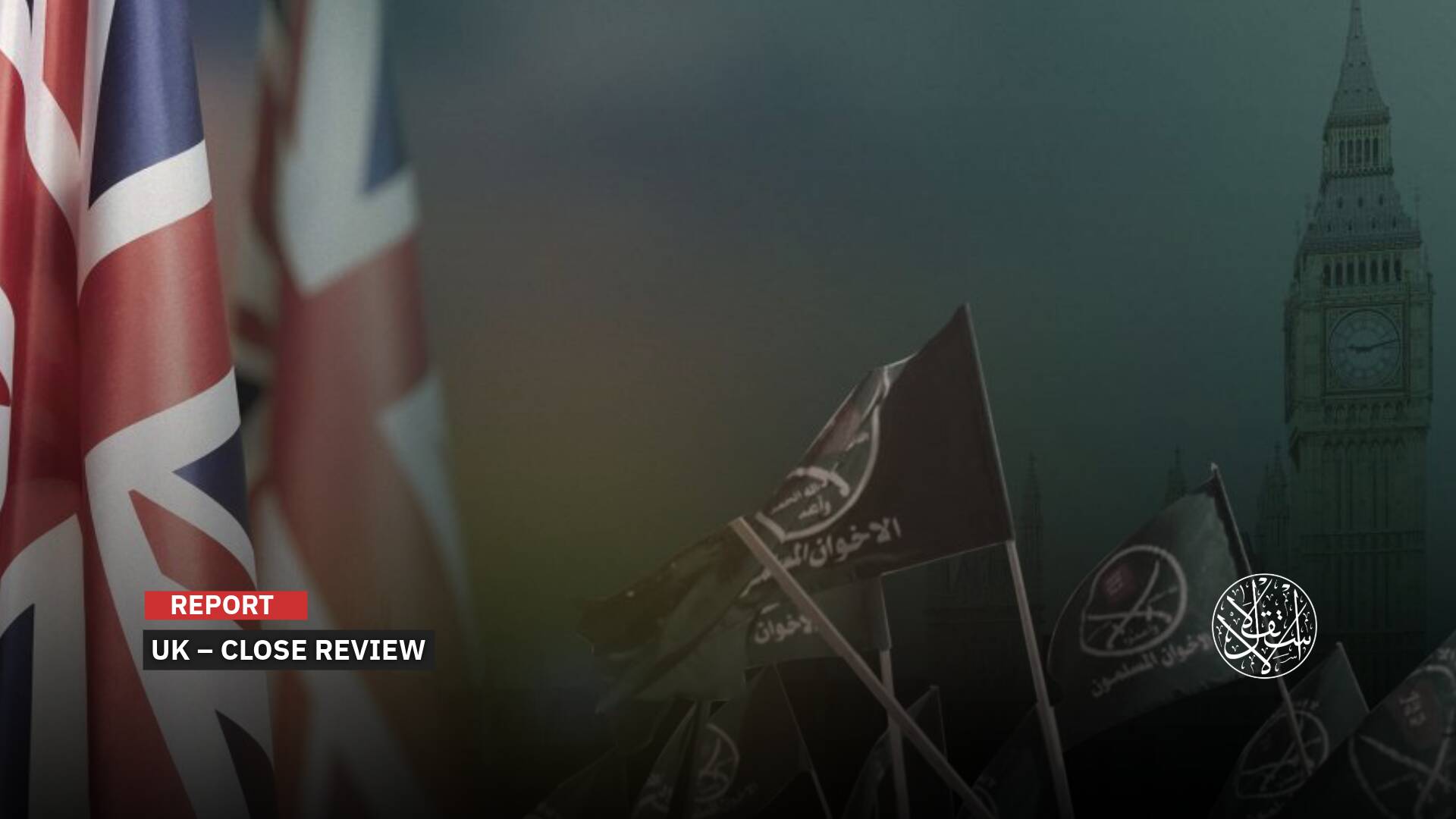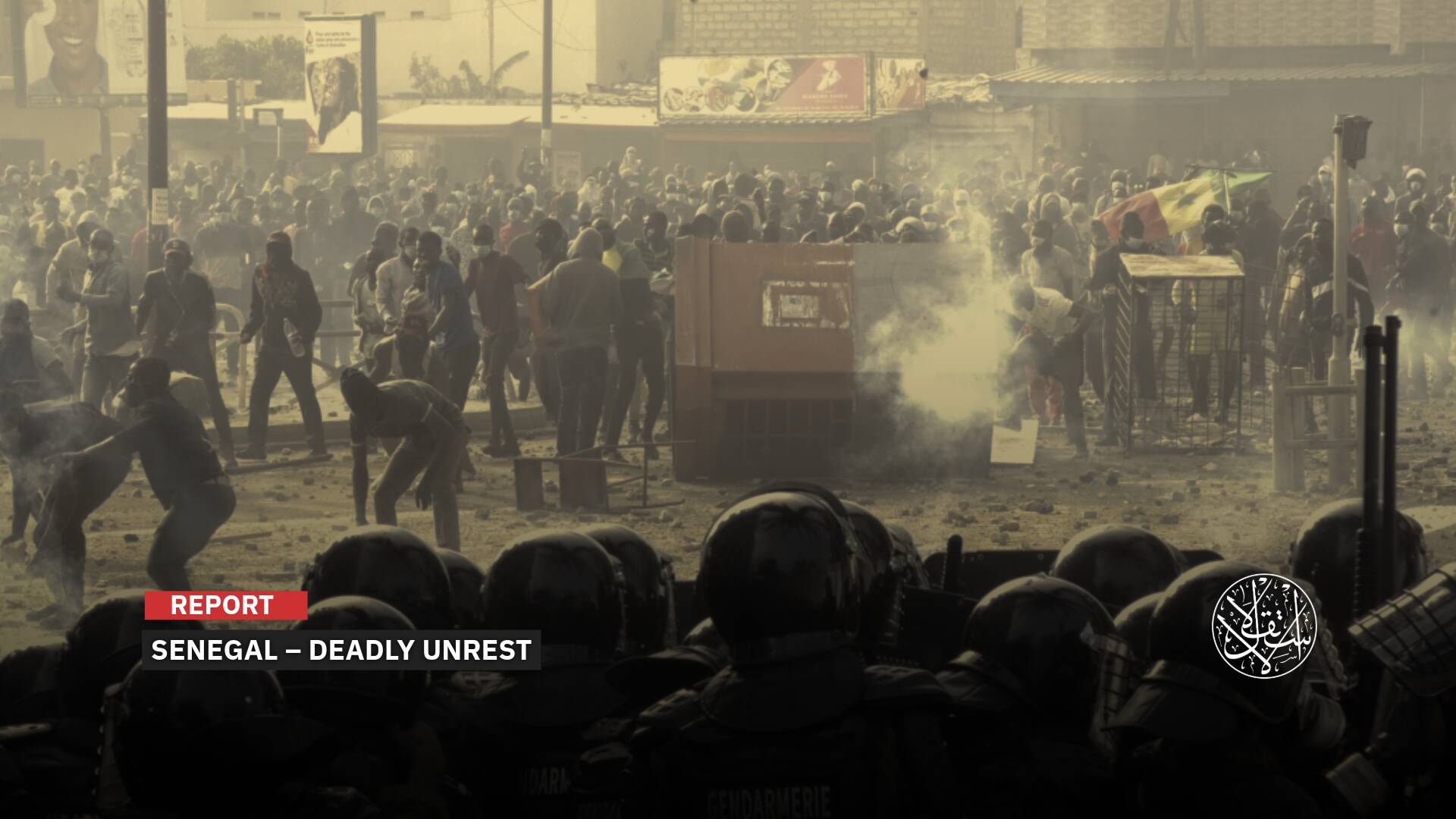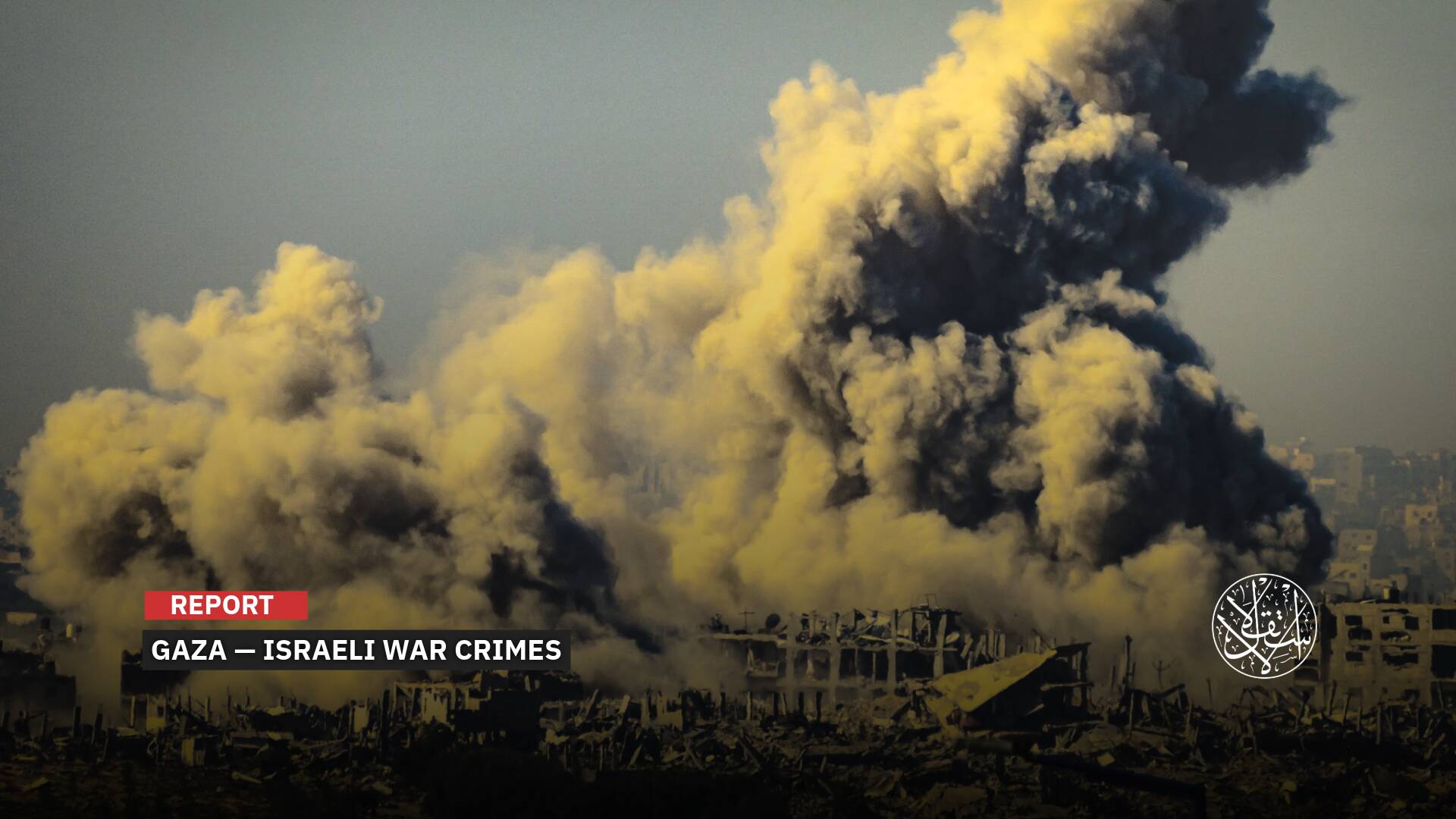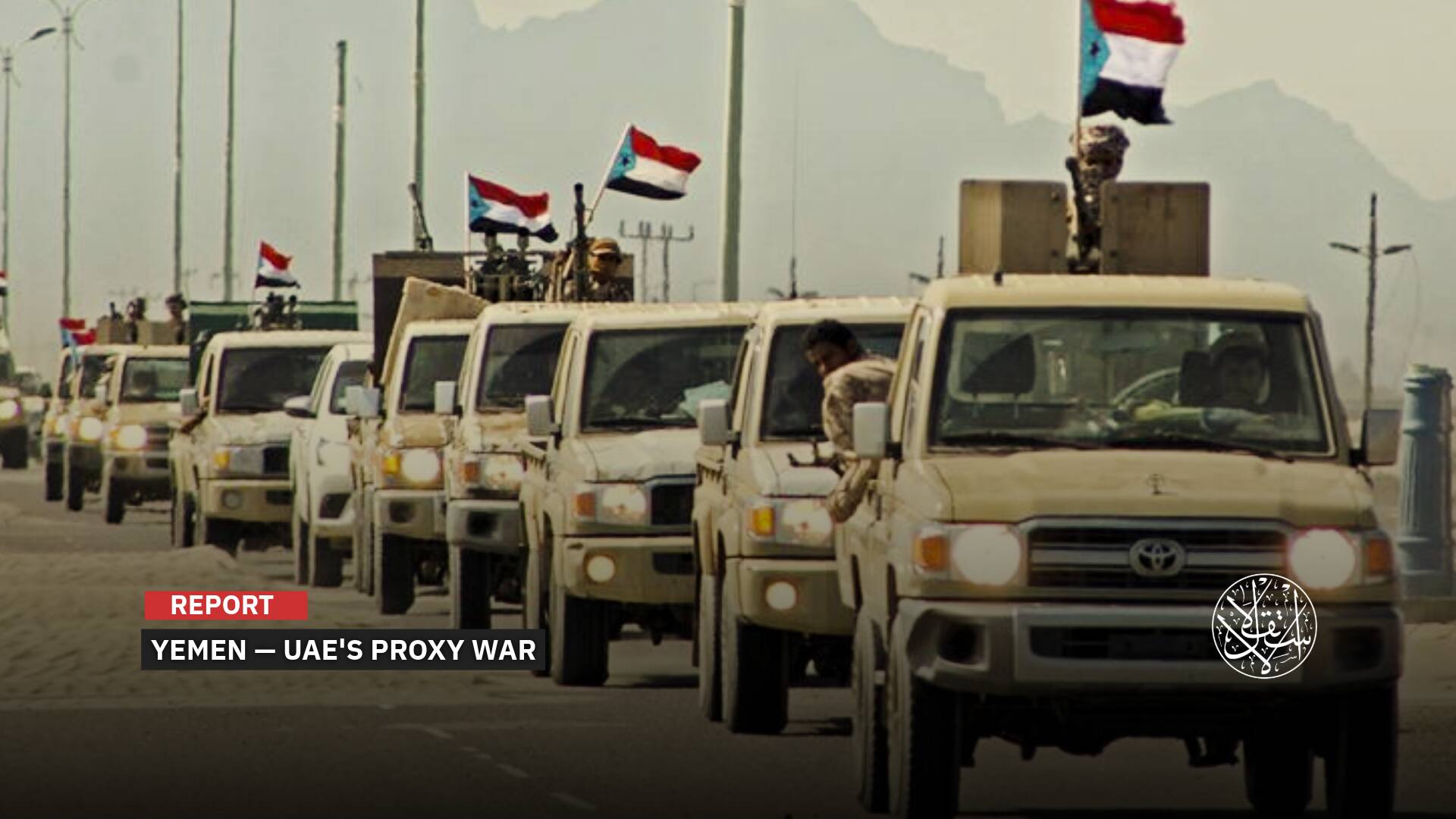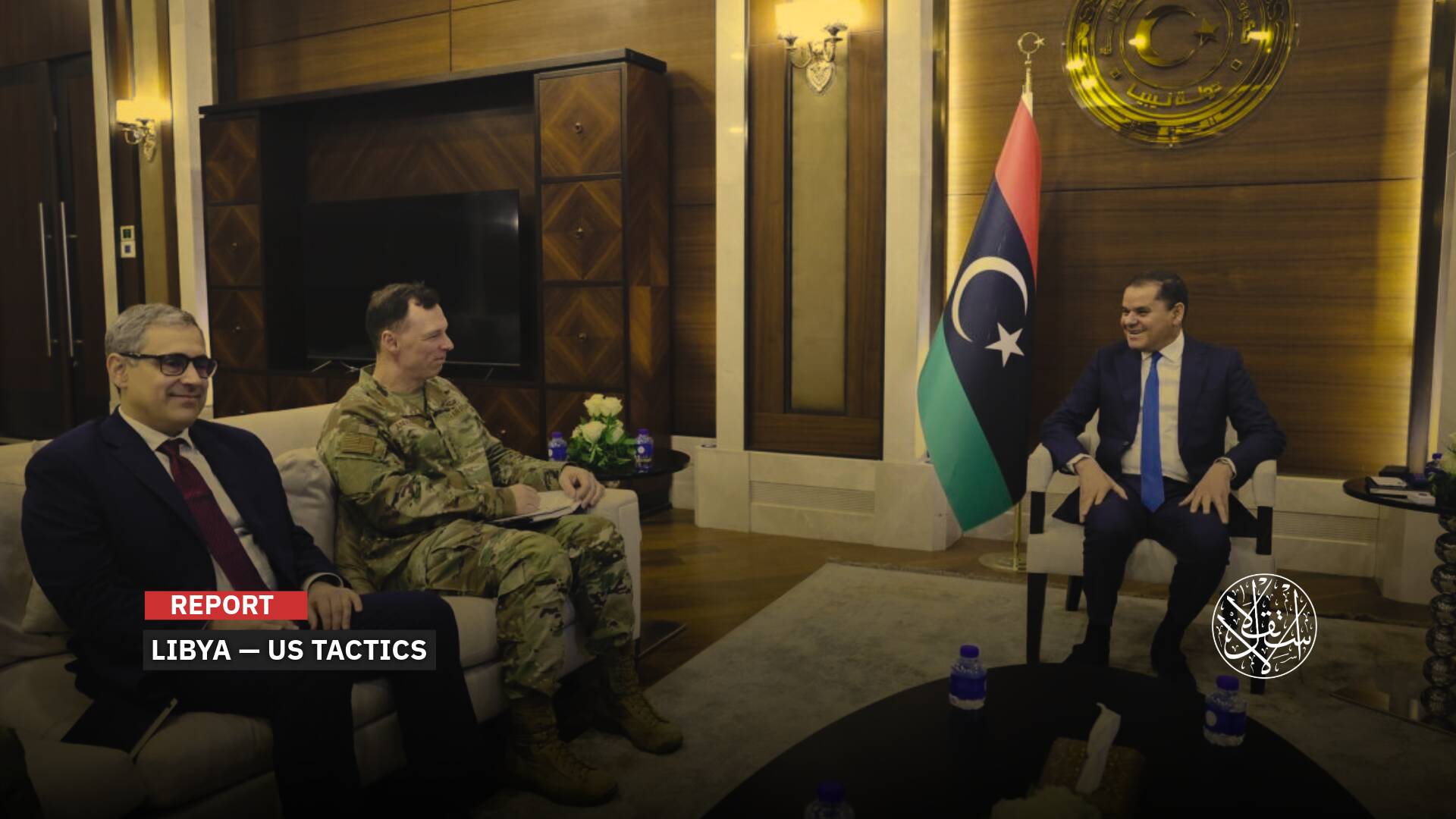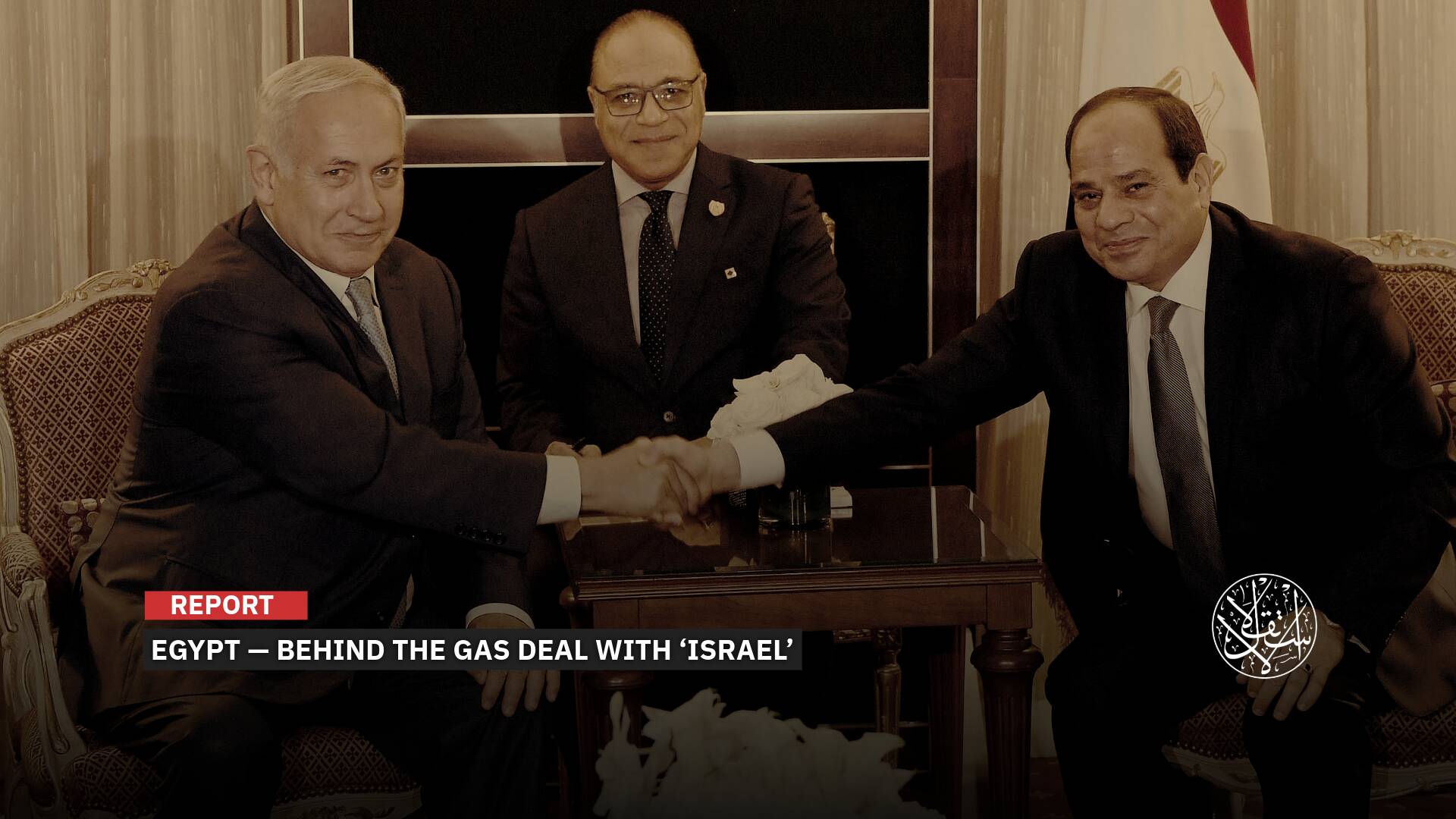With the U.S. Now in the Fight Alongside ‘Israel’: Four Scenarios for How Iran Might Save Face

Iran’s response — and the fallout it triggers — will shape what happens next.
Israeli Prime Minister Benjamin Netanyahu has once again succeeded in drawing President Donald Trump into his war against Iran — just as he did during Trump’s first term, when he convinced him to withdraw from the nuclear deal.
Trump waited less than a week into the two-week deadline he had given Iran before launching strikes on June 22 against nuclear facilities in Fordow, Natanz, and Isfahan — notably sparing Bushehr, located near the Gulf states — revealing that his repeated calls for negotiations were little more than a smokescreen for war.
As ever, he sought to cast himself as the standard-bearer of victory — claiming he had achieved his objectives and effectively ended Iran’s nuclear program.
Yet if that were truly the case, there would be little left to negotiate over — despite his continued calls for talks.
U.S. officials have warned, however, that far from delivering a decisive blow, Trump’s actions risk entangling America in a deeper conflict.
The strike, they cautioned, may mark the beginning of a war, not its end — especially if Tehran chooses to hit back forcefully.
Trump’s remarks appeared aimed at rescuing “Israel” from the quagmire of its war with Iran, after Tehran showed unexpected resilience and inflicted painful blows — leaving parts of “Tel Aviv” in ruins.
Analysts suggest that Iran’s response, and the fallout it triggers, will shape the contours of what comes next — with both Western and Iranian assessments narrowing the future down to four possible scenarios.
First, a sharp escalation — striking U.S. targets and widening the war. Second, a de-escalation that preserves Iran and what remains of its nuclear program, even if damaged.
Third, a prolonged limbo of neither war nor peace, with Iran potentially crossing the threshold to becoming a nuclear-armed state.
And fourth, continued attacks on “Israel,” seen by Tehran as the root cause of American intervention.

Mission: Save ‘Israel’
A close reading of Trump’s remarks as he announced the U.S. strike suggests the true objective was not so much ending the war, but halting Iran’s bombardment of “Tel Aviv” — and, crucially, salvaging “Israel’s” image.
In a June 17, 2025 post on his Truth Social platform, Trump spelled out his demands in stark terms: “unconditional surrender” from Iran, coupled with a threat to assassinate Supreme Leader Ali Khamenei.
Yet in his self-congratulatory address following the bombing of the three nuclear sites, Trump made no mention of that earlier ultimatum — despite claiming the mission had succeeded in dismantling Iran’s nuclear program.
Trump simply stated that “Iran must now agree to end this war” making no mention of resuming nuclear negotiations — a demand he had previously championed.
According to Al-Estiklal, the U.S. had reached out to Tehran a day before the strike, assuring Iranian officials that the raids were limited and one-off, and that there were no plans for regime change.
According to India Times, “the U.S. described its Sunday strike on Fordo, Natanz, and Isfahan as a one-time operation to damage Iran’s nuclear infrastructure.”
CNN, citing unnamed sources, reported that the U.S. administration had no plans for further strikes inside Iran, and that Trump was hoping Tehran would bow to pressure and halt its attacks on “Israel.”
According to The Washington Post, “Netanyahu chose this conflict. Israel should finish the job itself.”
“Israel, not the United States, chose this conflict, on a timetable Netanyahu dictated. Trump reportedly told the prime minister in a June 11 phone call to end the talk of a military attack against Iran to give diplomacy more time, according to Israeli media,” as reported by The Washington Post.
“Israel itself should complete the operation, rather than expecting the U.S. to hastily commit itself to the conflict,” — a pointed reflection of growing domestic unease over “Israel’s” role in pulling America into yet another Middle Eastern confrontation.
But analysts warn that America’s formal entry into the war — and Netanyahu’s success in dragging Trump into its depths — could carry grave consequences if Tehran chooses to escalate, continuing its strikes on “Tel Aviv” and targeting U.S. interests across the region.
Bloomberg, in a June 22, 2025 report, described Trump’s move as a dramatic shift — a stark reversal from his long standing rhetoric about keeping the United States out of Middle East conflicts.
While his apparent aim was to halt the Israeli war against Iran, Bloomberg noted, Trump’s participation in the Israeli-led aggression on Iran marks a profound geopolitical pivot — one that entangles Washington in a war he once promised to avoid.
Ahead of the U.S. strike, Foreign Affairs warned on June 18 that America should be working to end “Israel’s” aggression against Iran — not join it.
The article, co-authored by Daniel Kurtzer, a former U.S. ambassador to Egypt and “Israel,” and Daniel Abraham, a professor of Middle East policy at Princeton University, urged Trump not to enter the Israeli war against Iran as a combatant on “Israel’s” side.
They argued that it was not in America’s interest to go to war simply to neutralize Fordow by military means — and that doing so would be a grave mistake.
“If Israel is determined to substantially damage Fordow, Israeli Occupation Forces could do so by sending troops to Iran or by making it impossible to enter the facility or relocate centrifuges there,” according to Foreign Affairs.
They warned that U.S. involvement in striking the Fordow facility would place America squarely in Iran’s crosshairs, provoking retaliatory attacks against American personnel — “That, in turn, would compel the United States to reciprocate in an iterative process.”
They stressed that such intervention would also jeopardize the president’s political agenda, insisting that “To avoid both the international and domestic dangers, it is incumbent on Trump to develop a strategy that brings the war to an end by ensuring that Iran cannot immediately reconstitute its military nuclear program and allows both Iran and Israel to save face.”
“This won’t be easy, but it can be done. And the U.S. president needs to act strategically if he wants to save any portion of his substantial investments in Middle East peace—and prevent the war from incapacitating the United States’ ability to meet other consequential challenges in Europe and Asia.”
Daniel Shapiro, a senior fellow at the Scowcroft Middle East Security Initiative at the Atlantic Council and former U.S. ambassador to “Israel,” described the strikes as offering both sides a way out of the war.
In an analysis published by the Atlantic Council on June 21, Shapiro emphasized the urgent need for active diplomacy, backed by regional partners such as Oman and Qatar, to convince “Israel” and Iran that the war must come to an end.
Trump said the operation was carried out in coordination with “Israel,” adding, “We worked as a team like perhaps no team has ever worked before, and we've gone a long way to erasing this horrible threat to Israel.”
He then called on Iran to enter negotiations and warned against retaliation.
Claiming that now is the time for peace, he left unclear whether he meant a cessation of hostilities or a return to nuclear talks.

The Nature of the Strike
Reports from Tehran and assessments by nuclear experts suggest that the U.S. strike on Iran’s nuclear reactors was neither as powerful nor as destructive as claimed — a position Tehran itself has echoed. This raises questions about Trump’s true objectives.
Was the aim to destroy Iran’s nuclear program, delay it by months or years, or simply to save “Israel” and halt the war?
It also prompts speculation about Tehran’s motives for downplaying what was an unprecedented attack on three of its most critical nuclear facilities.
Mehdi Mohammadi, advisor to the chairman of Iran’s Islamic Consultative Assembly, tweeted that the damage inflicted on Fordow and other nuclear sites was entirely secondary — effectively downplaying its significance.
Meanwhile, the U.S. reportedly leaked information to the media confirming that Iran had been warned in advance about the nature of the strike, and that there were no signs of radiation leaks.
Iran also announced it had moved its stockpile of enriched plutonium out of the reactors prior to the attack, signaling an attempt to minimize the damage and, by extension, limit the scale of its response.
Former senior expert at the International Atomic Energy Agency, Yousry Abushady, described the U.S. strikes on Iran as “showmanship,” noting that the United States failed to reach the underground Fordow facility.
Abushady asserted that the attacks did not destroy the nuclear sites as Trump claimed, nor did they penetrate 80 metres underground.
Instead, they damaged only the upper sections and access points of the reactors, according to Egyptian journalist Ahmed Moussa.
The Egyptian scientist also revealed that Iran had transferred 500 kilograms of uranium enriched to 60% from the Natanz site on the night of June 12–13 — enough material to produce ten nuclear bombs, each weighing approximately 1.5 tons.
Sixteen trucks transported enriched uranium from the Fordow site on June 19 and 20 — mere hours before the U.S. strike.
Experts’ reports suggest that Iranian media’s portrayal of Washington’s attack as a failure, and downplaying the damage by claiming the targeted nuclear sites were empty, may be aimed at justifying Tehran’s decision to hold back from striking U.S. bases in the region.
“A significant part of the Fordow nuclear facility was hit,” another Iranian official told Tasnim News Agency, describing the attacks as “hostile airstrikes.”
However, Hassan Abedini, the deputy head of the political department at Iran’s official broadcasting authority, stated that the authorities had evacuated the three sites prior to the attacks.
“Enriched uranium reserves were removed from the nuclear facilities, leaving no materials that could cause radiation or harm our citizens if targeted,” Abedini said.
Meanwhile, U.S. media outlet Fox News reported that the United States deployed six bunker-buster bombs against Fordow and launched 30 Tomahawk missiles in strikes on other nuclear sites.
According to Fox News, the Natanz and Isfahan sites were struck by “30 Tomahawk missiles were launched from US submarines located about 400 miles away.”
However, satellite images from the UK-based Open Source Center revealed that the fortified Fordow facility, nestled beneath the mountains, sustained only limited damage to its entrances above the centrifuge halls, with no significant destruction or deep craters reported.
Western reports described the damage to Fordow as falling short of comprehensive destruction — more akin to a “strategic scratch.”
Russian state television quoted former president Dmitry Medvedev wrote that the strikes had "entangled" the U.S. in a new conflict.
"A number of countries are ready to directly supply Iran with their own nuclear warheads," he added.
The response from Iran’s Revolutionary Guards was notably muted, merely stating that they had “identified and tracked the flight paths of aircraft involved in the aggression,” without confirming any intention to strike back.
They dismissed the U.S. military bases in the region as “not a source of strength but rather a source of weakness,” stopping short of signaling any plans to target them, instead resorting to rhetorical bravado.
Striking ‘Israel’
Iran’s range of possible responses is broad but ultimately hinges on decisions made by its leadership in Tehran.
It could escalate dramatically by targeting U.S. bases and closing the Strait of Hormuz.
Alternatively, it might opt for symbolic strikes against American interests or focus on inflicting damage on “Israel” — a course that would directly undermine Trump’s stated goal of ending the war.
This latter scenario was flagged by Mehdi Mohammadi, advisor to the Iranian parliament speaker, who told Tasnim News Agency on June 22, 2025, that the first step in the response will be the destruction of “Israel.”
If Iran chooses not to escalate against Washington and confines its response to striking “Israel,” the consequences, as Egyptian analyst Faraj Ismail noted on Facebook, would be severe.
He pointed out that the widespread destruction caused by missiles in “Tel Aviv” has shifted the conversation from a U.S. strike of uncertain effect and no reported radiation, to the destruction of the Biological Research Institute south of Rishon LeZion.
This facility is one of the most sensitive installations under “Israel’s” Ministry of Defence, specialising in biological and chemical warfare research.
He suggested that Tehran might focus on psychological warfare, directing its efforts solely at “Israel.”
In doing so, it could avoid a fierce American entanglement, while allowing internal divisions and criticism of Trump over the reactor strikes to deepen within the U.S.
“It would be wise to let Washington wait for the alarm while Israel is inundated with Kheibar missile barrages,” he added.
Meanwhile, the New York Times reported on June 22 that U.S. officials believe the Department of Defense is preparing for a near-certain Iranian retaliation.
According to CNN on June 22, Iran faces difficult choices as it contemplates its next move against the United States and “Israel” — each fraught with risks that could threaten Tehran and the future survival of its leadership.
Some options, Amos Yadlin, former head of Israeli military intelligence, suggests, include returning to the negotiating table — a “powerful incentive to end the war and save the regime.”

Three Other Scenarios
Beyond the option of continuing strikes against “Israel” — which would inflict pain on both Israelis and Trump — and carry greater risks of triggering a harsh American response if U.S. interests in the region were targeted, Tehran faces three key scenarios.
The first, officially discussed by Iran, is the closure of the Strait of Hormuz, through which a third of the world’s oil and a quarter of global trade passes.
As a vital route for oil shipments and commerce, this gives Iran the ability to disrupt all commercial shipping in the Gulf.
A senior advisor to Iran’s Supreme Leader has already called for missile strikes and the closure of the strait.
Esmaeil Kousari, a member of the Iranian parliament’s National Security Committee, said the legislative body has reached a decision to close the Strait of Hormuz, but the final authority on the matter rests with the Supreme National Security Council.
Analysts and experts note that while Iran continues to threaten this option, it remains a last resort — one that would inflict significant economic harm on Tehran by crippling its oil exports.
The threat is largely intended to prompt global pressure on the United States.
Vice President JD Vance went further, calling such a move “economic suicide” for Iran.
“Their entire economy runs through the Strait of Hormuz,” Vance told NBC’s “Meet the Press.” “If they want to destroy their own economy, it can cause disruption in the world. I think that would be their decision, but why would they do that?”
Given that Saudi Arabia would be among the hardest hit if the Strait of Hormuz were closed or U.S. bases on its soil attacked, Riyadh has taken the strongest Arab and international stance in condemning the American strikes on Iran’s nuclear facilities.
According to the Saudi Gazette, “Saudi Arabia has expressed deep concern over the escalating developments in Iran, particularly the recent targeting of Iranian nuclear facilities by the United States […]The Kingdom emphasized that a peaceful outcome is essential to opening a new chapter for security and stability in the Middle East.”
The second scenario envisions Tehran targeting U.S. interests and bases in the region, either directly or through its allies in Iraq or Yemen.
Jonathan Panikoff, director of the Scowcroft Middle East Security Initiative and former deputy national intelligence officer at the U.S. National Intelligence Council, suggests Iran’s likely response could follow one of two paths:
The first would involve a strike on American bases in the region, deliberately calibrated to cause limited damage.
Such a measured response would allow the Iranian regime to claim it had avenged itself, defended the nation, and stood up to the United States — potentially paving the way for a renewed diplomatic engagement.
The second path would see U.S. strikes and Trump’s threats compel the Iranian regime to launch a major attack on American interests and personnel.
This could trigger a spiral of reciprocal escalation — a cycle of strikes and counterstrikes — potentially plunging the region into wider conflict.
Panikoff noted that while Iran’s military capabilities have diminished, they are far from destroyed.
Should Tehran feel its regime is under existential threat — whether from the U.S. or “Israel” — or fear losing support if it fails to respond forcefully, it may choose this more confrontational course.
In this context, Iran may also resort to mobilizing its proxies across the Middle East to target American interests and personnel.
The third scenario involves Iran withdrawing from the Nuclear Non-Proliferation Treaty, thereby rejecting any negotiations with the United States over its program.
This was foreshadowed by Abbas Golrou, chairman of the Iranian parliament’s Foreign Policy Committee, who told X that Tehran has a legal right under Article 10 to withdraw following the U.S. strikes on its three nuclear facilities.
Article 10 states that an NPT member has "the right to withdraw from the Treaty if it decides that extraordinary events have jeopardized the supreme interests of its country."
According to CNN, “the Iranian government spokesperson says negotiations will be meaningless if attacks continue.”
The strike also provided Tehran with ample justification to withdraw from the Non-Proliferation Treaty — a move that could pave the way for Iran to declare itself a nuclear-armed state at any time.
The United States entered those negotiations with the goal of curbing or dismantling Iran’s nuclear program, only for its president to later declare its complete destruction — so there is no longer any need for talks.
The U.S. and Israel have lost all justification for war and attacks on Iran. They launched their assault under the pretext of the nuclear program, but with Trump’s claim that it has been eliminated, there are no longer convincing reasons or legitimate grounds for that attack.
Bloomberg Economics sees three options for Iran to respond:
“Attacks on U.S. personnel and assets in the region, Targeting regional energy infrastructure, Close the Strait of Hormuz maritime chokepoint using underwater mines or harassing ships passing through.”
Sources
- Analysis: Iran faces hard choices as it calibrates next move against US and Israel
- Experts react: The United States just bombed Iran’s nuclear sites. Here’s what to expect next.
- The US has entered the Israel-Iran war. Here are 3 scenarios for what might happen next
- 5 Possible Scenarios For Iran, Israel As US Joins War
- America Should End Israel’s War on Iran—Not Join It



